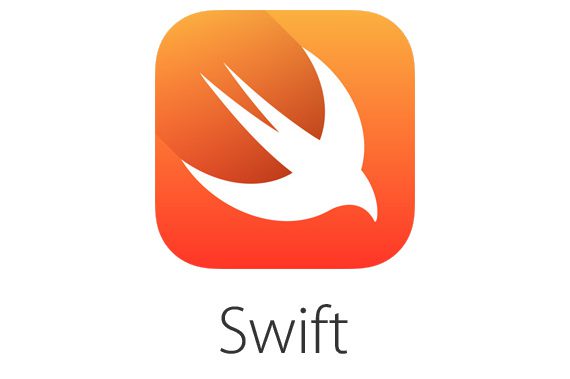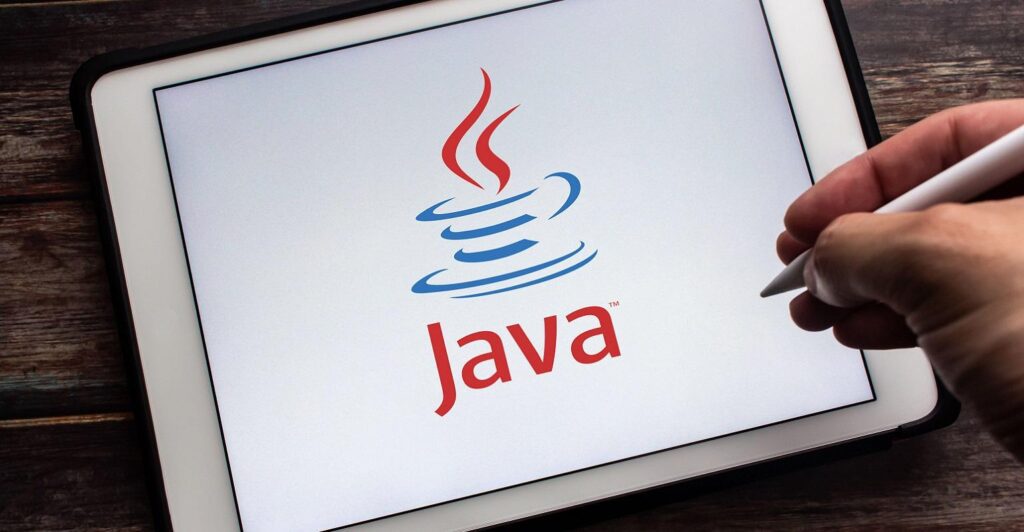A Comprehensive Look at the Top 5 Most Popular Programming Languages
In the ever-evolving landscape of technology, programming languages serve as the building blocks for creating software and applications. Each language has its unique strengths and use cases, making them popular choices among developers worldwide.
In this article, we will delve into the top 5 most popular programming languages: JavaScript, Go, Python, Swift, and Java. We will explore their features, applications, and why they continue to be at the forefront of the tech industry.
1. JavaScript
JavaScript: The Language of the Web
JavaScript is often referred to as the "language of the web" for a good reason. It is a versatile, client-side scripting language that empowers developers to create dynamic and interactive web pages. JavaScript is supported by all major web browsers, making it an essential tool for web development.

Key Features of JavaScript
- Versatility: JavaScript can be used both on the front-end (client-side) and back-end (server-side) development, thanks to frameworks like Node.js. This versatility allows developers to build entire web applications using a single language.
- Asynchronous Programming: JavaScript supports asynchronous programming through callbacks, promises, and async/await, enabling efficient handling of tasks such as fetching data from servers without blocking the user interface.
- Rich Ecosystem: JavaScript boasts a vast ecosystem of libraries and frameworks, including React, Angular, and Vue.js for front-end development, and Express.js and Nest.js for back-end development.
- Community Support: A vibrant and active developer community contributes to the continuous growth and improvement of JavaScript.
Applications of JavaScript
JavaScript is primarily used for:
- Web Development: Creating interactive and responsive websites and web applications.
- Mobile App Development: With technologies like React Native and Apache Cordova, JavaScript can be used to build cross-platform mobile apps.
- Server-Side Development: Node.js enables server-side scripting, facilitating real-time applications and APIs.
- Game Development: JavaScript, combined with HTML5 and WebGL, can be used for browser-based game development.
Why JavaScript is Popular?
JavaScript's ubiquity on the web, versatility, and extensive ecosystem make it an indispensable language for developers. Its ability to create engaging user interfaces and provide seamless user experiences solidify its position as one of the most popular programming languages globally.
2. Go (Golang)

Go: A Language Built for Efficiency
Go, commonly referred to as Golang, is an open-source programming language created by Google. It is designed for simplicity, efficiency, and readability, making it an excellent choice for system-level programming and building scalable, high-performance applications.
Key Features of Golang
1. Concurrency: Go's goroutines and channels simplify concurrent programming, allowing developers to create highly efficient, concurrent systems easily.
2. Strong Typing: Go enforces strong typing, which helps catch errors at compile-time, enhancing code reliability.
3. Built-in Testing: The language includes a robust testing framework that encourages developers to write unit tests, ensuring code quality.
4. Static Binary Compilation: Go compiles to a single, statically linked binary, making deployment and distribution of applications straightforward.
Applications of Golang
Go is used in various domains, including:
- Web Services: Go's performance and efficiency make it ideal for building web servers and microservices.
- Cloud-Native Development: Tools like Kubernetes and Docker are written in Go, highlighting its suitability for cloud-native applications.
- Networking: Go excels in developing network applications and networking-related tools.
- System-Level Programming: Go's low-level capabilities make it suitable for system-level programming, including operating systems and device drivers.
Why Go is Popular?
Go's simplicity, efficiency, and strong support for concurrent programming make it attractive for developers working on modern, scalable applications and services. Its growing popularity in the cloud-native ecosystem further cements its position among the top programming languages.
3. Python
Python: The Swiss Army Knife of Programming Languages
Python is renowned for its simplicity, readability, and versatility. It is often chosen as a first programming language for beginners and is used in various domains, including web development, data science, machine learning, and scientific computing.

Key Features of Python
- Readability: Python's clean and concise syntax promotes code readability, making it easy to learn and maintain.
- Large Standard Library: Python comes with an extensive standard library that includes modules and packages for various tasks, reducing the need for external dependencies.
- Cross-Platform Compatibility: Python runs on multiple platforms, ensuring code portability.
- Community and Libraries: Python has a robust community and a wealth of libraries and frameworks, such as Django, Flask, and TensorFlow.
Applications of Python
Python's versatility allows it to be used in a wide range of applications, including:
- Web Development: Python frameworks like Django and Flask are popular for building web applications.
- Data Science: Python's data analysis and visualization libraries, such as pandas and Matplotlib, are widely used in data science.
- Machine Learning and AI: Python is the language of choice for machine learning and artificial intelligence, with libraries like TensorFlow, PyTorch, and scikit-learn.
- Scientific Computing: Python is used in scientific research and simulations due to its extensive libraries, such as NumPy and SciPy.
Why Python is Popular?
Python's ease of learning, readability, and vast ecosystem of libraries make it an excellent choice for developers, whether they are building web applications, conducting data analysis, or diving into the world of artificial intelligence and machine learning.
4. Swift

Swift: Apple's Modern Programming Language
Swift is Apple's proprietary programming language designed for building applications on the iOS, macOS, watchOS, and tvOS platforms. It focuses on performance, safety, and developer productivity.
Key Features of Swift
- Safety: Swift incorporates safety features like optionals, automatic memory management, and bounds checking to prevent common programming errors.
- Performance: Swift is designed for high performance, ensuring that applications run smoothly on Apple devices.
- Modern Syntax: Swift features a modern, expressive syntax that enhances code clarity.
- Interoperability: Swift can be used alongside Objective-C, allowing developers to leverage existing codebases and libraries.
Applications of Swift
Swift is primarily used for:
- iOS and macOS App Development: Swift is the preferred language for building apps on Apple's platforms.
- App Development for watchOS and tvOS: Developers can use Swift to create applications for Apple Watch and Apple TV.
Why Swift is Popular?
Swift's focus on safety, performance, and ease of use has made it a favorite among iOS and macOS developers. Its continual evolution and support from Apple ensure its relevance in the world of app development.
5. Java

Java: The Reliable Workhorse
Java, known for its platform independence, remains a staple in the world of enterprise software development. It offers portability, reliability, and robust libraries and frameworks.
Key Features of Java
- Write Once, Run Anywhere (WORA): Java's "write once, run anywhere" capability allows developers to create code that can be executed on multiple platforms without modification.
- Strong Ecosystem: Java boasts a strong ecosystem of libraries and frameworks, including Spring, Hibernate, and JavaFX.
- Scalability: Java's scalability makes it suitable for building large-scale, enterprise-level applications.
- Community Support: Java has a vast and active developer community that contributes to its ongoing development and improvement.
Applications of Java
Java is used in various domains, including:
- Enterprise Software: Java is widely used in building large-scale, mission-critical enterprise applications.
- Android App Development: Android apps are primarily developed using Java, making it a key language for mobile development.
- Web Applications: Java-based frameworks like Spring are popular for building web applications.
- Big Data: Java is used in the big data ecosystem, with technologies like Hadoop and Spark written in Java.
Why Java is Popular?
Java's portability, reliability, and extensive libraries make it a top choice for enterprises and developers working on diverse projects. Its enduring popularity and compatibility with Android development ensure its continued relevance.
Conclusion
In the ever-evolving world of programming, these five languages—JavaScript, Go, Python, Swift, and Java—have consistently demonstrated their relevance and popularity. Each language serves unique purposes, from web development and mobile app creation to system-level programming and data science.
By understanding the strengths and applications of these languages, developers can make informed choices that align with their project requirements and goals, ensuring the continued growth and innovation of the tech industry.



